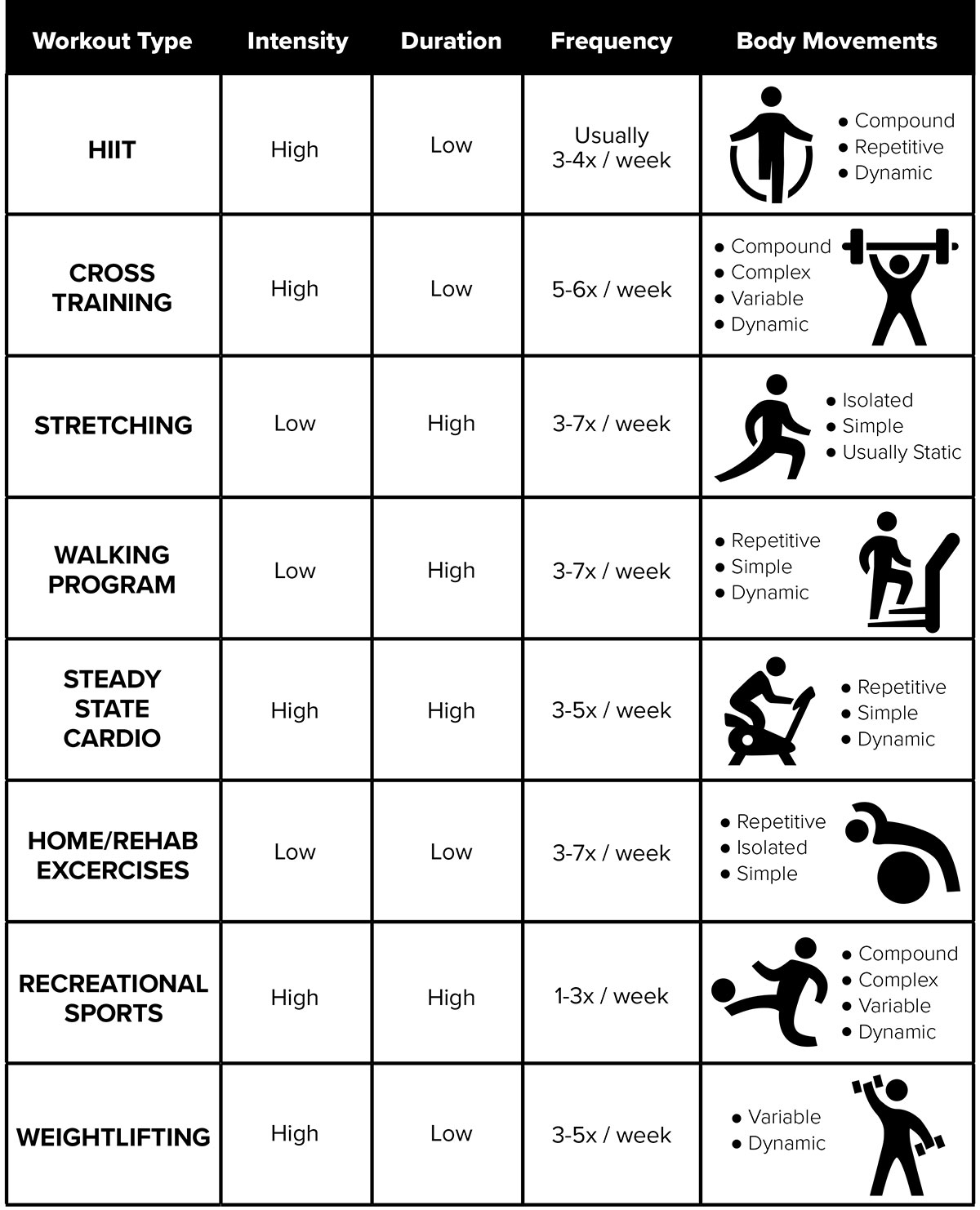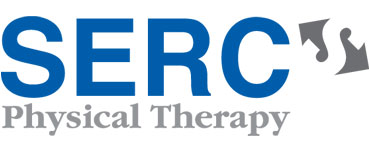Exercise is an essential component of fitness and well-being. The benefits are varied and many, as are the options when choosing an exercise program that is right for you.
However, the list of exercise programs can be daunting, particularly to a beginner.
Inspiring and empowering people to reach their full potential often includes helping them make decisions on how best to improve and maintain their fitness levels.
Physical and occupational therapists are experts at understanding body movement and function, both normal and abnormal. They are uniquely equipped to help people of all ages and fitness levels to choose exercise programs.
The goals of exercise fall under three categories:
- Fat or weight loss is likely the most common reason for pursuing a regular exercise program.
- Strengthening also is a popular reason and must be approached with care, as often its principles can lead to ineffective or unsafe activities.
- A sense of wellness is the most abstract goal of exercise but often the most easily achieved. Examples include seeking pain relief, improving balance or flexibility, improving endurance with daily tasks, or participating in physical activities.
Exercise can be described based on its intensity, duration and frequency, or the body movements involved (Table 1).
Intensity
The time component to exercise is mostly determined by intensity, as low-intensity workouts tend to require higher duration to be effective, and high-intensity workouts may only be sustained for a small amount of time.
Intensity may be high or low and can tax two different energy storage systems in the body. In a low-intensity workout, oxygen consumed during the workout is sufficient to supply muscles and tissues, which improves the cardiovascular system and increases endurance. In a high-intensity workout, oxygen supply runs low and the body must rely on energy from stored sugars, thereby reducing fat stores to lose weight (1).
Duration and Frequency
Frequency is the number of times per day, week or month an exercise program is performed; it should be considered in determing recovery time between workouts.
In general, higher-intensity workouts produce greater muscle trauma and should be performed at a lower frequency. As the body ages, it may take longer to recover from workouts and frequency may need to be lowered.
Nutrition and sleep also are essential for recovery, with a well-balanced diet of protein, fats and carbohydrates and seven or more hours of sleep recommended (2) for optimal performance.
Body Movements
For the purpose of simplicity, body movements may be described as compound vs. isolated, complex vs. simple, repetitive vs. variable, and dynamic vs. static.
- Compound movements involve multiple joints and muscles.
- Complex movements usually require conscious planning to perform and significant training to master.
- Repetitive movements are performed multiple times in the same way.
- Dynamic movements require significant changes in body position when performing the exercise.
Each of these components greatly affects the way in which an exercise program will help you achieve your goals.

Identifying your goals for exercise and understanding exercise components allows for the safe and accurate selection of the right program. The advantages and disadvantages of each exercise program can be derived from the descriptions in Table 1.
For example, individuals with limited time to allocate to exercise each week may choose programs that are low in duration and frequency, such as high-intensity interval training (HIIT), recreational sports or weightlifting.
Older individuals may opt for programs with low intensity or low frequency that allow for less joint stress and greater recovery time, such as stretching and walking programs.
Athletes generally should choose programs that involve compound, complex, variable and dynamic movements to mimic the sports environment.
A recreational sports program may address the goals of fat/weight loss, strengthening and wellness to some degree, while a well-designed home-exercise program from a therapist may target specific muscles to benefit strength and wellness by returning you to optimal level of function.
This list of exercise programs is not comprehensive, however it provides the general rules by which a program should be judged and chosen.
We hope these tools help you address your exercise goals in a safe, efficient and realistic way to reach your highest level of fitness. If you need assistance in developing a wellness or fitness program to meet your specific goals, please call any one of our locations today.
Contrary to popular belief, you do not have to have an injury to use the services of a physical or occupational therapist.
- Awtry, Eric H.; Balady, Gary J. (2007). “Exercise and Physical Activity”. In Topol, Eric J.Textbook of Cardiovascular Medicine(3rd ed.). Lippincott Williams & Wilkin. p. 83. ISBN 978-0-7817-7012-5.
- Hirshkowitz M, Whiton K, Albert SM, Alessi C, Bruni O, et al. The National Sleep Foundation’s sleep time duration recommendations: methodology and results summary. Sleep Health. 2015;1(1):40–43.
Written by Thomas Jackson, PT, DPT, Cert. DN, Cert. SMT, Mount Holly, NC center
